I already published this on another site years ago, but wanted it on my blog too.
Firstly, you will need salt. Salt can be made from scratch by reacting sodium with chlorine, but a shortcut would be to take a trip to your nearest sea, collect several litres of seawater, and evaporate off the water, leaving salt.
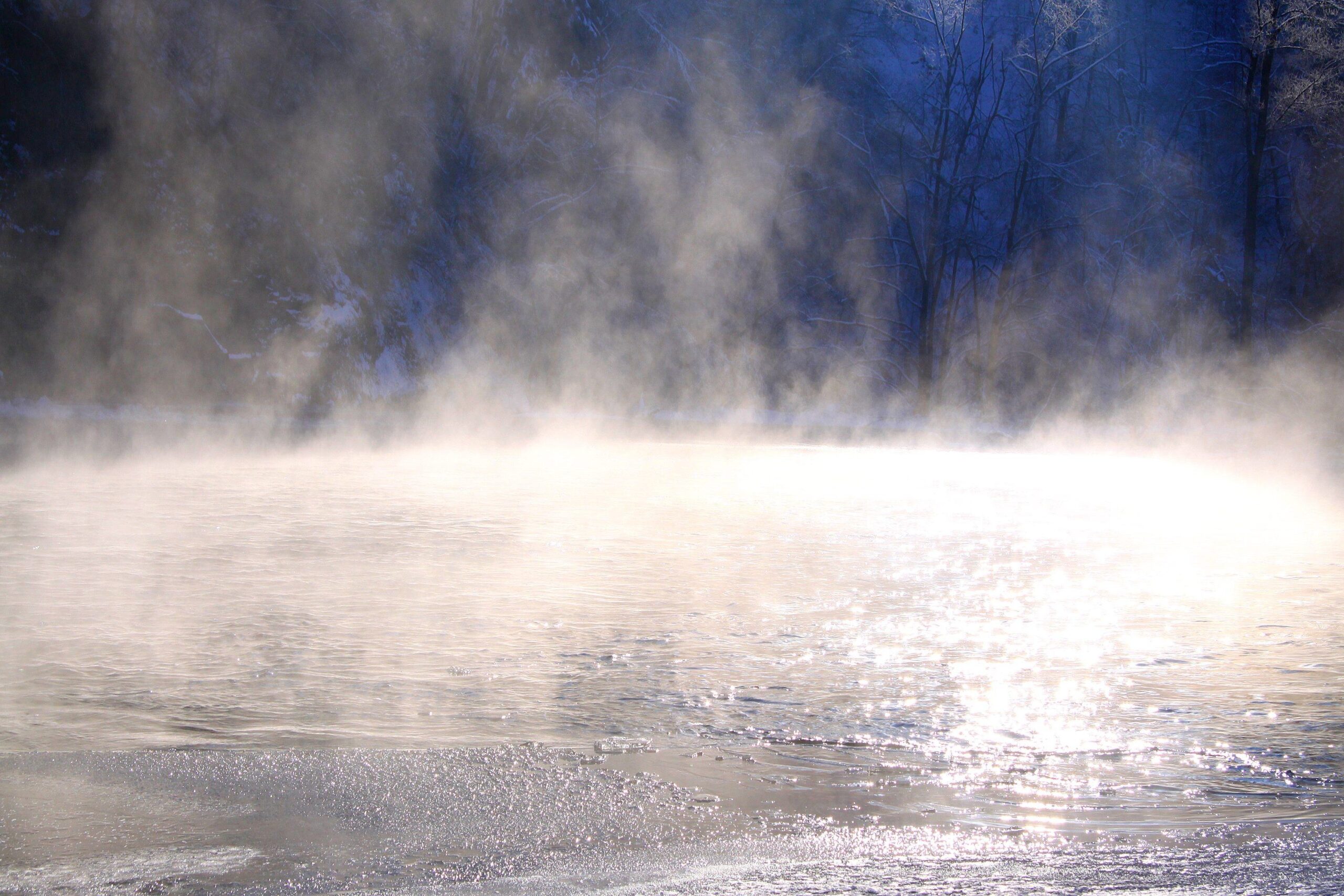
Condense the evaporated water in a separate container. You’ll need it later.
Next, acquire two dairy cows. The principle of biogenesis suggests that you cannot really create cows from scratch, but they must be obtained from a mummy cow and a daddy bull. (And get a chicken while you’re at it.)
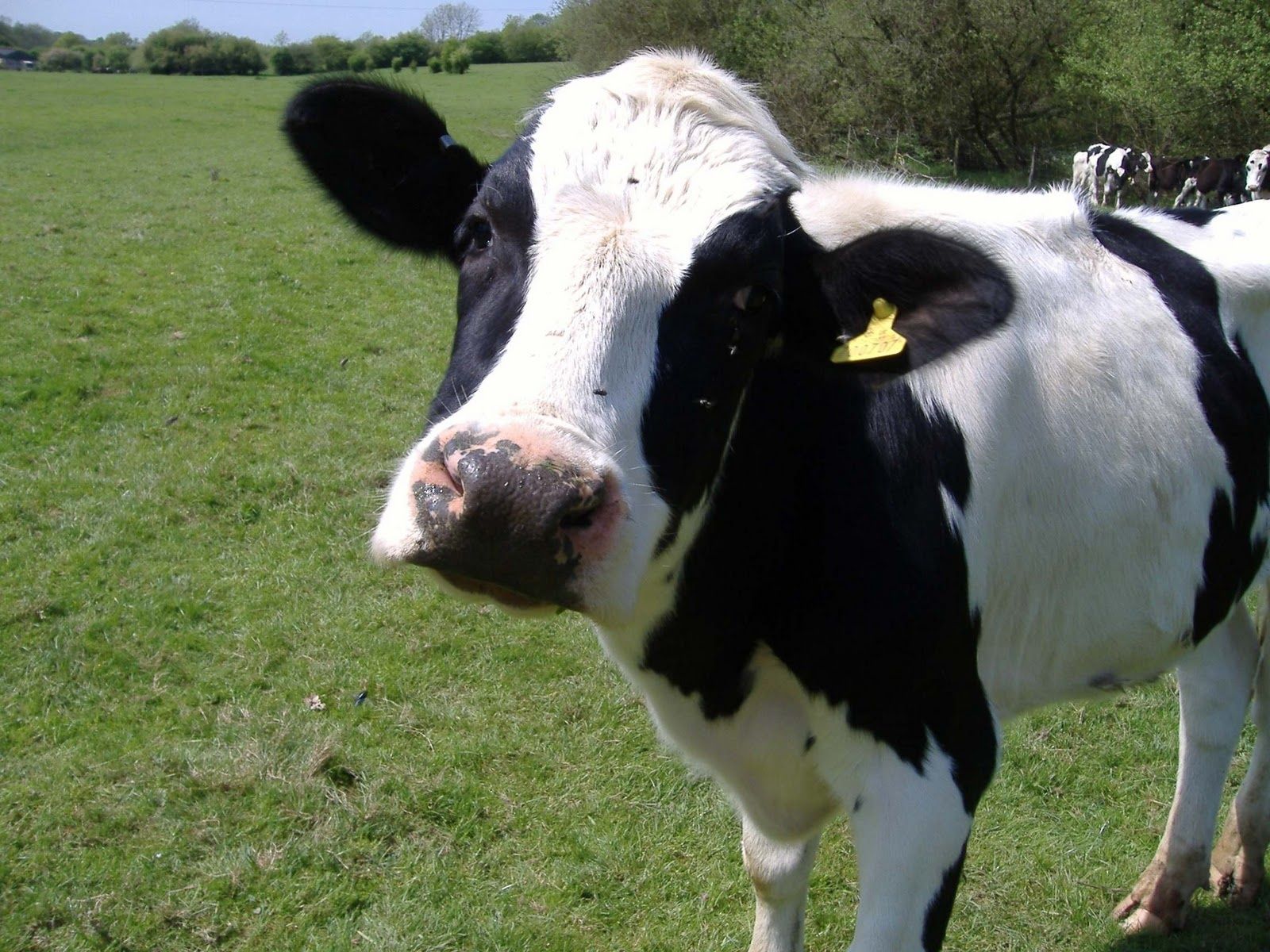
Learn to milk your cows. You will need more milk later, but your first batch of milk, you will need to make into cheese.
There is a recipe for cheese here:
I will summarise it:
- Heat some milk.
- Add calcium chloride. (This can be made from scratch using calcium and chlorine.)
- Add some culture. (These could be obtained from bacteria growing on fruits and other foods, but I recommend cheating on your ‘from scratch’ mission and purchasing a starter culture.)
- Stir in rennet. (This is why you needed a second cow. Slaughter it. Rennet can be obtained from its stomach lining. I hope you weren’t vegetarian.)
- Process the curds.
- Add salt. (See above.)
- Allow the cheese to mature for a few months.
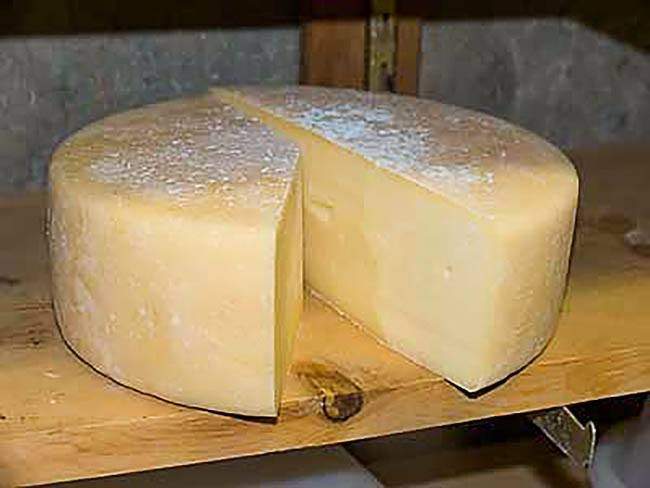
A cheddar-like cheese is a very good place to start, but as you get practised, you could try varying the recipe according to your tastes.
While your cheese is maturing, learn to skim the creamy parts off milk and churn them into butter.
Meanwhile, grow wheat and mill it into flour. It takes about four months for a crop of wheat to mature, which co-incidentally is a perfectly acceptable time to mature your cheese for.
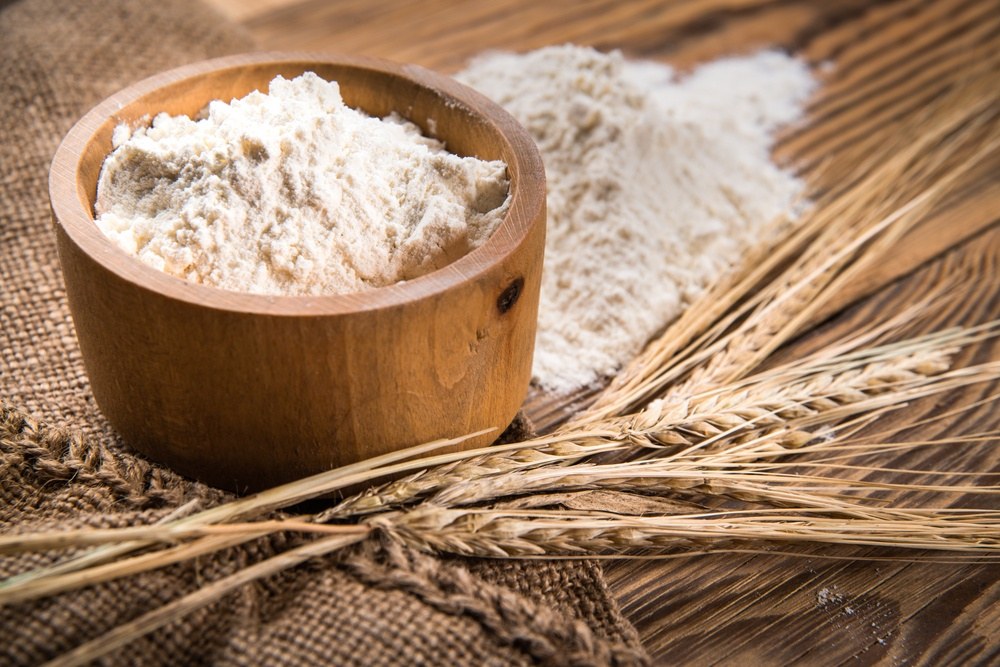
Making pasta from flour, egg (you did remember to buy that chicken, right?), salt, and water is simple. (You should still have some purified sea water.)
However, macaroni is one of the more complicated shapes of pasta, requiring specialized tools to make. Beginners may prefer making garganelli, which is a similar shape to macaroni, but can be created with the kinds of tools you might have available in your kitchen.
Don’t use all the flour — you’ll need some more later.
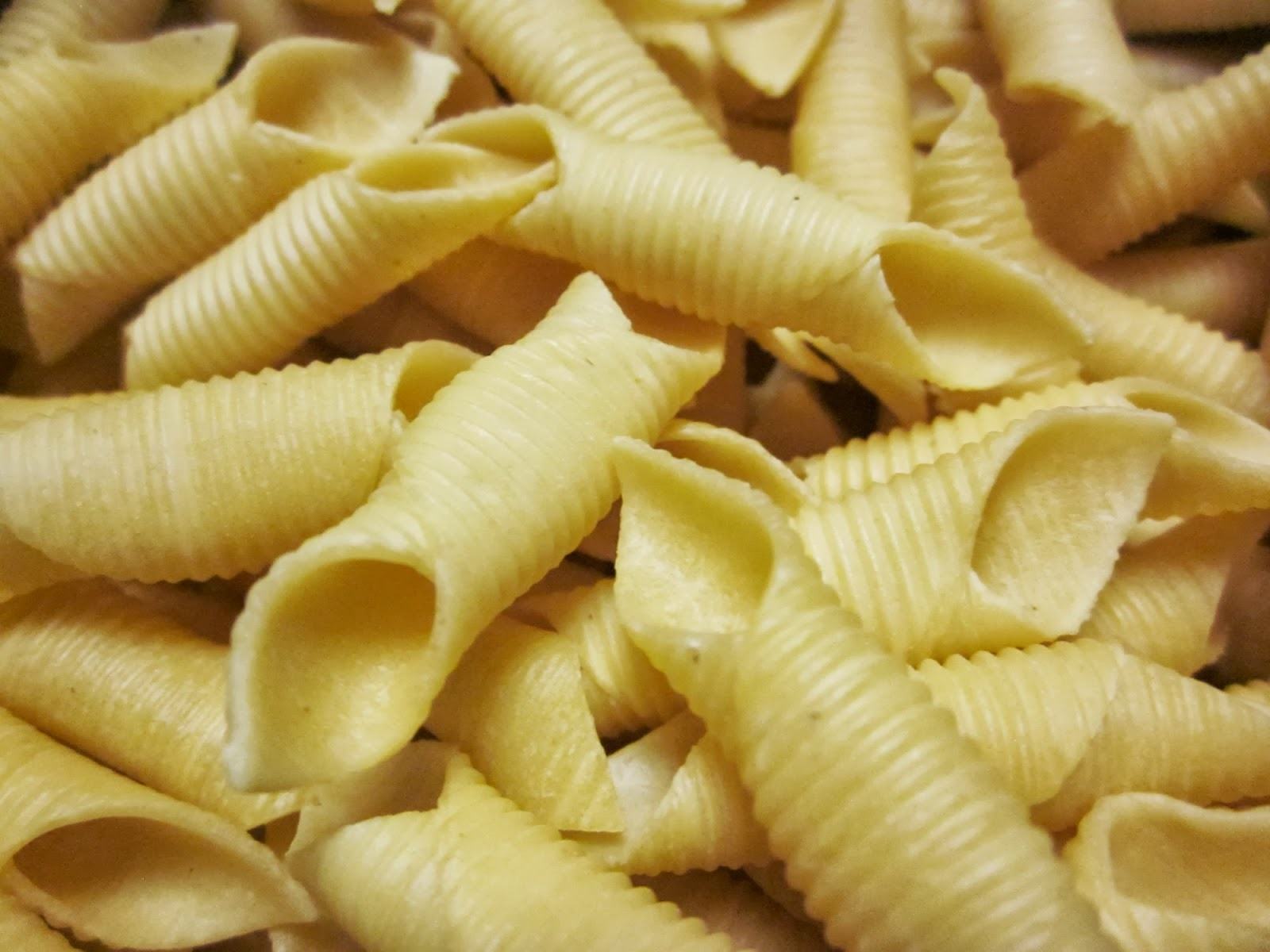
Now comes the easy part, assembling your ingredients into the finished meal.
Melt some butter in a pan. Add a couple of tablespoons of flour, mixing it into the melted butter and fry until it starts to turn golden brown.
Add milk, a little at a time, making sure each addition is stirred in well.
The result should be a basic bechemel sauce. Bechemel is kind of boring on its own, but acts as the foundation of many sauces, including mornay sauce.
To make mornay sauce, add grated cheese to your bechemel sauce while it’s still hot, and stir it in until they’re well combined. The result should look something like this:
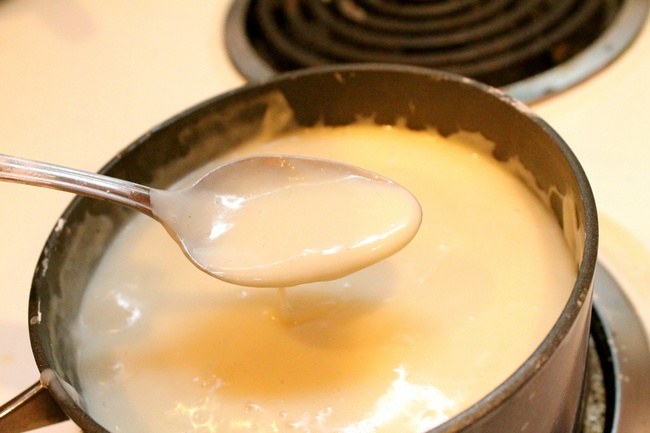
Meanwhile, cook your pasta in the remaining distilled seawater. Drain the water from the pasta, and combine the sauce and cooked pasta.
Transfer the mixture into an oven-safe dish, and sprinkle the top with some more grated cheese. Bake in a hot oven (at least 200°C) until golden brown on top.
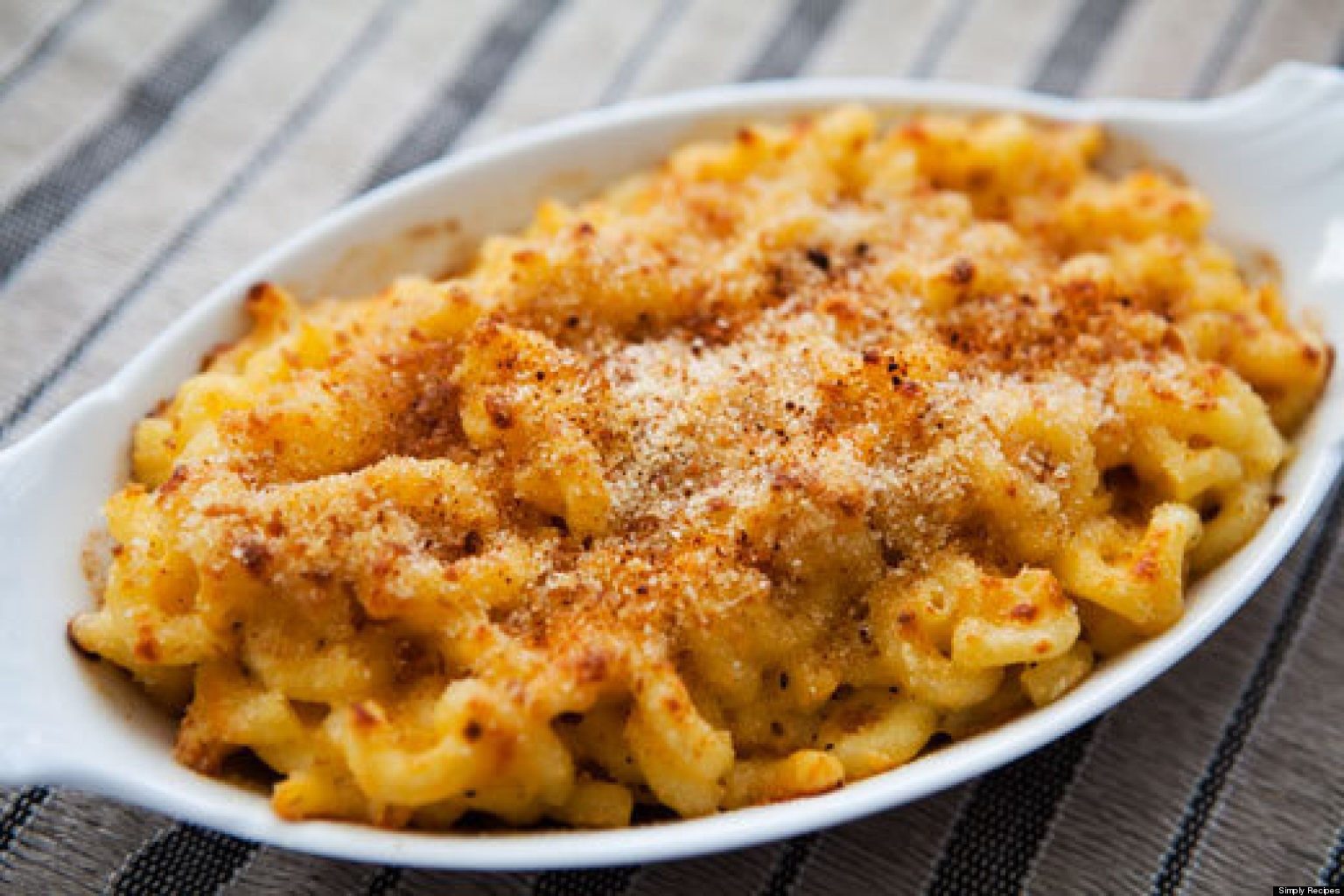
So that’s it. My from-scratch macaroni and cheese recipe.
Serves: 4.
Preparation time: 4–6 months.
Difficulty level: ninja.
@tobyink “If you wish to make an apple pie from scratch, you must first invent the universe.” — Carl Sagan
was about to boost this on mastodon but not sure if ninja counts as cultural appropriation. thank you for the very fun recipe, would love to see the invoice for this dish.